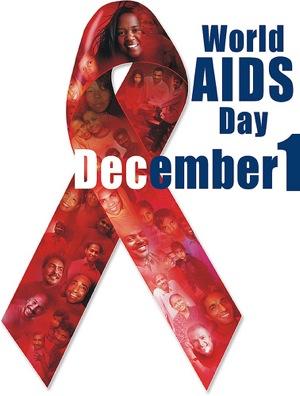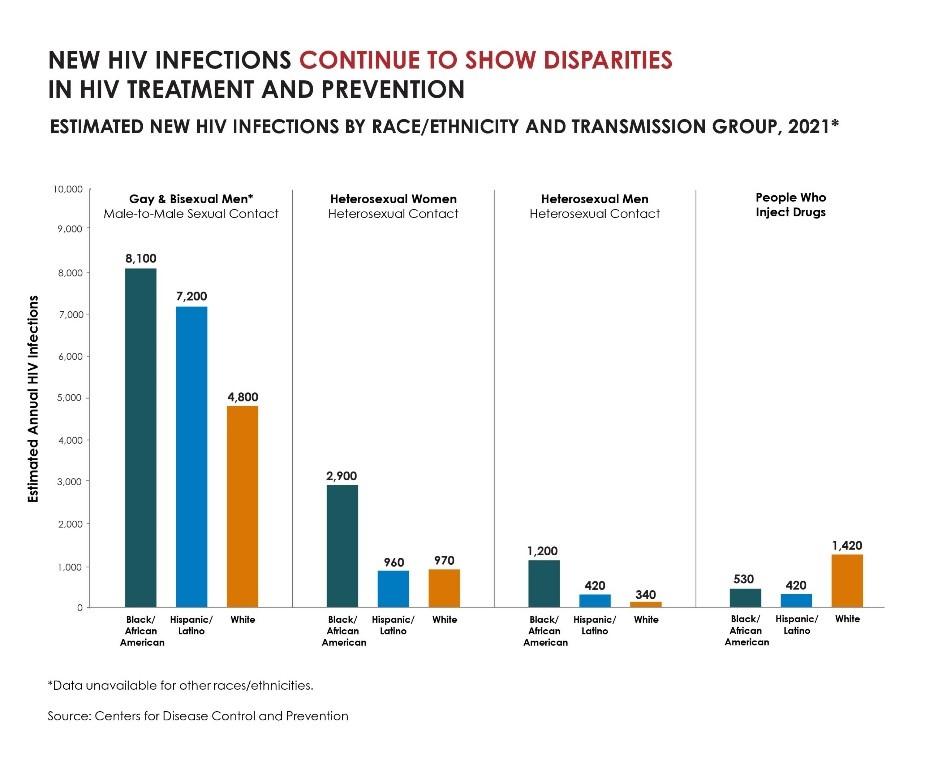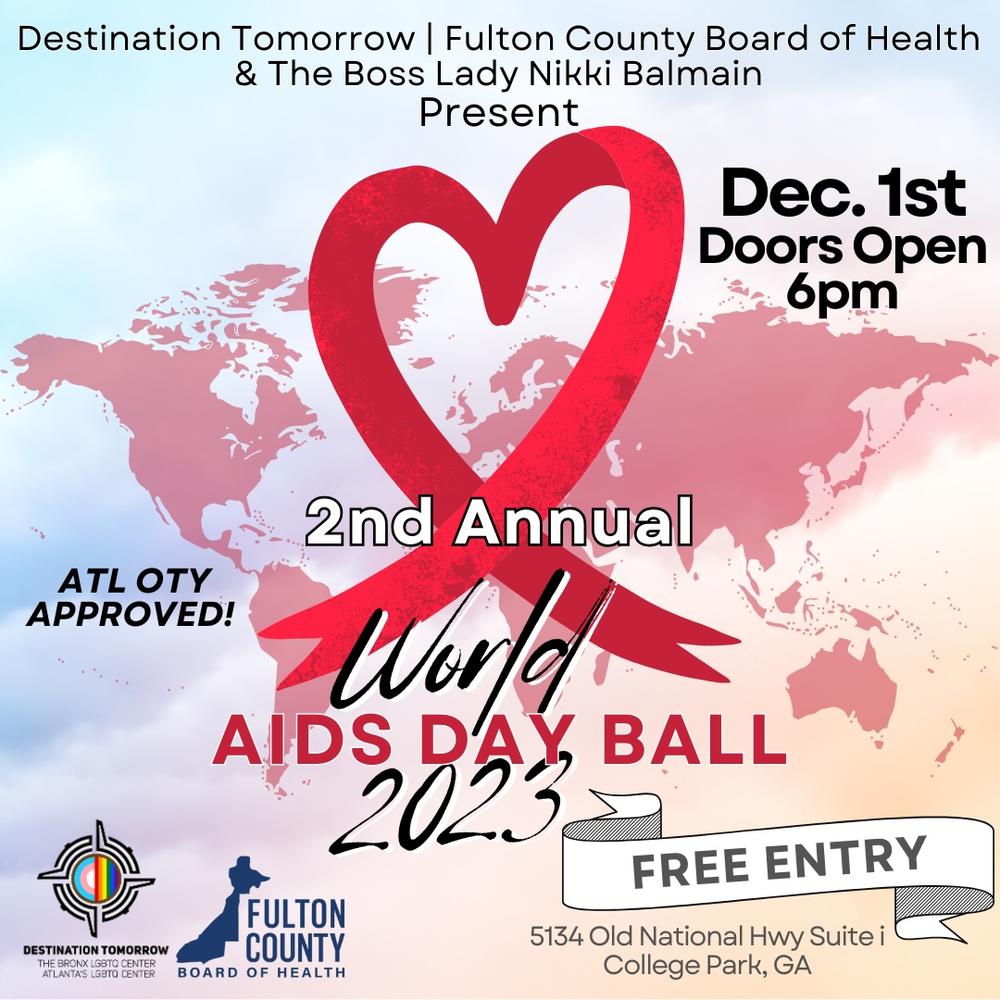
Section Branding
Header Content
It's World AIDS Day. Make HIV testing part of everyone's annual checkup, says this AIDS researcher
Primary Content
LISTEN: A new World AIDS Day report finds if current trends continue, global targets on ending AIDS by 2030 might not be met. GPB’s Ellen Eldridge reports.

Of the estimated 1.2 million people living in the United States, 13% have HIV and don't know it. But by making testing for HIV part of standard annual health care, more cases can be identified early and treated, advocates say.
HIV is no longer the death sentence that people thought it was, and it is not a "gay-related disease," like people originally thought in 1981, said Maranda Ward, who is an assistant professor and director of equity in the Department of Clinical Research and Leadership at the George Washington University School of Medicine and Health Sciences.
Ward is also the principal investigator for a testing model that combines testing for COVID-19 with a test for HIV.
"At the height of the pandemic — the COVID-19 pandemic — HIV programing and services and prevention literally took a back seat," Ward said. "It was deprioritized."
Ward said testing for both viral infections is important because both HIV and COVID are highly stigmatized and they disproportionately impact the same patient population.

Although new infections have declined overall, tens of thousands of people in America continue to get HIV each year — and progress isn’t reaching all groups equitably due in part to deeply entrenched social determinants of health, according to the Centers for Disease Control and Prevention.
Part of the problem is stigma. Patients feel accused if asked about their sexual health, Ward said.
"When we talk to minorities, patients, they literally tell us that they would be offended if their clinician asked them to get an HIV test," Ward said. "Why? Well, we know why, because, again, there's stigma associated with HIV. And they feel like, 'Well, why did you ask me?' They feel profiled. Why do, you know, 'Why do you suspect that I need the HIV test versus any other or any other patient?'"
There has been a 12% decline in new HIV infections overall in recent years — with the most substantial progress among young gay and bisexual males, but progress is not reaching all groups equitably.
In 2021, there were 32,100 estimated new HIV infections in the U.S. and the rate was 11.5 (per 100,000 people).

Pre-exposure prophylaxis (PrEP) prescriptions (preliminary 2022 data) shows that more than one-third of people who could benefit from a highly advanced medication that prevents HIV have been prescribed it. But reach of this strategy is far from equal —- with severe and widening inequities among Black people, Hispanic/Latino people, and women compared to other groups.
While men who have sex with men accounted for 70% (22,400) of the 32,100 estimated new HIV infections in 2021 and 86% of estimated infections among all males in 2021, as compared to 2017, the annual number of HIV infections among this population decreased 13.5% overall.
The fastest-growing number of new HIV cases is actually among Black women, Ward said, which is why she said she loves that the CDC describes the population as men who have sex with men versus "gay men" because some men who have sex with men also have sex with women.
Ward said that 58% of new cases are Black women, which is literally double that of white women, and triple that of Hispanic women.
Georgia ranks in the top five nationally for people living with HIV — over 60,000 in 2020.
Atlanta has some of the highest rates of new HIV infections in the world, and to raise awareness, the nonprofit Destination Tomorrow is hosting its second annual World AIDS Day Ball as a tribute to Georgians living with HIV/AIDS and a celebration of gender-affirming care and compassion. The ball is co-sponsored by Fulton County's Department of Health. Doors open at 6 p.m. on Friday, Dec. 1.
“We look forward to our World AIDS Day Ball every year because it brings together people for a celebration of life. By creating a space that’s gender-affirming and inclusive, we combat HIV AIDS stigma with engagement, empathy and affirmation. So many people suffer in silence, and if we’re going to eradicate HIV AIDS we need to be open, address misconceptions and offer wide access to HIV testing and treatment,” Director of Community Outreach and Engagement Nicole Clark said.
The UNAIDS World AIDS Day report encourages communities to connect people with person-centered public health services, build trust, innovate, monitor implementation of policies and services, and hold providers accountable because communities are being held back in their leadership. Funding shortages, policy and regulatory hurdles, capacity constraints, and crackdowns on civil society and on the human rights of marginalized communities, are obstructing the progress of HIV prevention and treatment services. If these obstacles are removed, community-led organizations can add even greater impetus to the global HIV response, advancing progress towards the end of AIDS, the report said.

